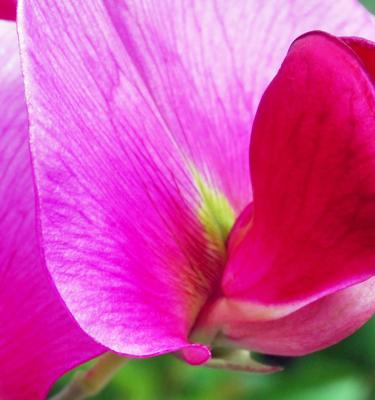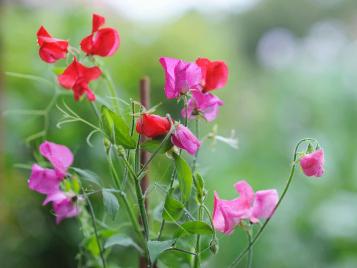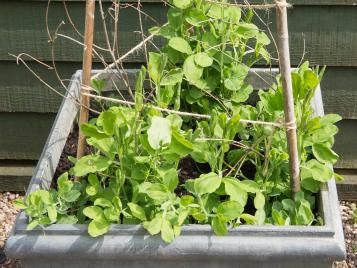

Growing Sweet Peas
The sweet pea (Lathyrus odoratus) is an incredibly popular flowering climbing plant that produces masses of flowers from mid spring right through to early summer providing they are picked regularly - and most (but not all) varieties have a delicious perfume. There are also dwarf varieties available for smaller space gardens.
Growing sweet peas from seed is easy, or you can also buy young plants (seedlings) from garden centres in spring.
Planting and harvesting sweet peas in Australia
Plant sweet pea seeds between March-April in most climates. In cold climates, plant sweet pea seeds in September. Plant sweet pea seedlings between March-September.
Harvest sweet peas in spring (September-November) in most climates. In cool climates, harvest sweet peas in late spring to early summer (November-December).
Suggested planting locations and garden types
Flower borders and beds, patios, containers, cut flowers, city and courtyard gardens, cottage and informal gardens, walls and fences are all great for these flowering beauties.
Sweet peas need a sunny position and good, well-drained soil. Before sowing sweat peas or planting out, improve the soil with compost and soil improver to help hold plenty of moisture.

What you’ll need to start growing sweet peas
This list of equipment will get your sweet pea growing off to a great start. Here’s what you’ll need:
- Garden fork and spade
- Trowel
- Compost or soil improver
- All Purpose fertiliser
- Seed raising mix
- Bamboo canes, trellising, wire mesh or other support framework
- String or twine
- Sweet pea seeds
Sowing sweet peas
St Patrick’s Day – March 17 – is the traditional date to sow sweet pea seeds in all but the coldest of climates (eg Tasmania). Sow direct where plants are to grow and flower or into seed trays or pots filled with seed raising mix. Check sowing instructions on the back label of your packet of sweet peas seeds for depth and spacing information.
In cold areas, delay sowing seeds until early spring.
Some varieties have a hard seed coat and may be difficult to germinate. Either make a small nick on the opposite side to the 'eye' or gently abrade seeds between sheets of emery or coarse sandpaper to break through the seed coat. Do NOT soak the seeds in water as this can lead to rotting.
How to care for sweet peas
When plants are about 7.5-10cm high, pinch out the growing tips to encourage sideshoots, bushier plants and more flowers.
In temperate and warmer climates, plant out seedlings in late winter or early spring, when the danger of frosts has passed. Space them 20-30cm apart.
Water the plants thoroughly to settle them in and again during dry spells.
Feeding regularly throughout summer with a liquid fertiliser will help promote continuous flowering.
Pick flowers as they open, before the flowers fade and they produce seed pods, otherwise they will stop flowering.
Drying out, drought and temperature-related stress causes flower bud drop.
Training and supports
Sweet peas are usually grown up wigwams or tripods of bamboo canes, trellising or post and netting supports. They can either be left to their own devices and allowed to scramble for a natural look or carefully trained and tied in.
There are also dwarf, bushy varieties that are perfect for pots, hanging baskets or even as ground cover.

Common pests and diseases in sweet peas
| Powdery mildew on sweet peas |
Powdery mildew is a fungal disease that appears as a white powder on sweet pea leaves, stunting growth and causing leaves to shrivel. Droughtstressed plants are more susceptible to this disease.
|
| Slugs and snails |
Slugs and snails will attack young sweet pea seedlings, eating the leaves. They can be identified by the slime trails that they leave, as well as the damage they do.
|
| Aphids |
Aphids can be a problem on sweet peas. They are sap-sucking insects which can quickly infest new shoots on young sweet pea plants, stunting growth.
|



